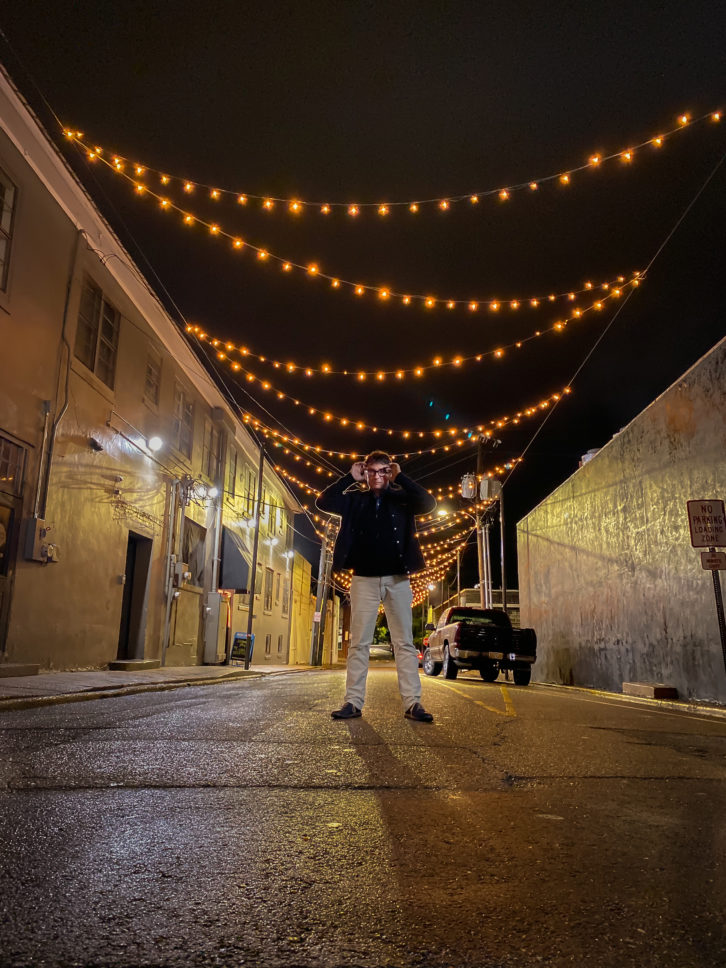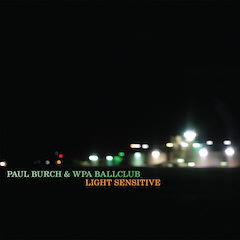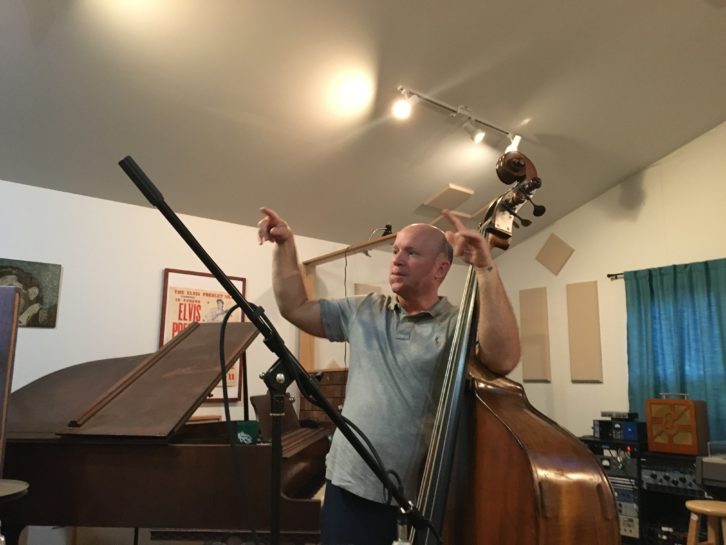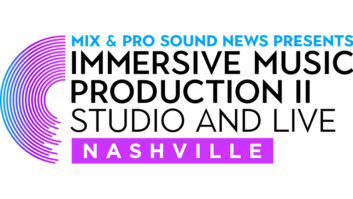
On Light Sensitive, Paul Burch and his band, the WPA Ballclub, knit together an eclectic series of songs with retro rhythms and a gentle twist that brings classic sounds into the modern day. For example, Burch explains elements of the sound of the single “Love Came Back”:
“Some of these songs started as a sketch using a cassette [player],” says Burch, who played drums and guitars, and engineered and co-produced the record in his Pan American Sound studio in Nashville. “‘Love Came Back’ is the first song that I sketched out and the first song on the record. The idea was to create concentric loops, to have organic playing but have all of the instruments not change their patterns, which is how the song’s quazi-‘Susie Q’ drum idea came about.
 “One thing I loved about the original Dale Hawkins version of ‘Susie Q’ was that the drum track is very square-sounding, almost mechanical,” Burch adds. “On ‘Love Came Back,’ we tried to re-create that mechanical feeling, but the grooves are very deep.”
“One thing I loved about the original Dale Hawkins version of ‘Susie Q’ was that the drum track is very square-sounding, almost mechanical,” Burch adds. “On ‘Love Came Back,’ we tried to re-create that mechanical feeling, but the grooves are very deep.”
Bassist Dennis Crouch is the other half of Burch’s rhythm section and his longtime co-producer. “The challenge for both bass player and drummer is, how do you come up with a hypnotic heart that’s fun to play where you’re not doing too much? Dennis and I are very in sync on these things. He’s a very original guy, but he’s also like me—kind of sentimental,” Burch observes.
Burch and Crouch tracked those sketches to an MCI 8-track, 1-inch machine and then brought their ideas to the full band to record live.
“Since I record with my back to the tape machine and use the remote to stop and start, I’ve learned over the years—after a lot of listening—what mics generally sound good on what instruments,” Burch explains. “I probably only own four or five mics, but they can sound good on anything.”
“We track very close together, without headphones,” he continues. “I’m usually standing right over the drums with my amp beside me. Dennis is facing me with a gobo between us. When we rehearse a new song, I sing full volume into the room so the band can hear the lyrics and the cadence of my phrasing. When we’re ready to cut, with the exception of the drums, which have an overhead mic, everything is miked pretty close. At loud volume or with too many people, the room is lively, but if you’re careful, the results can be lovely. ‘You Must Love Someone’ was a hot track: live bass, drums, electric guitar, piano and steel guitar.”
As for those four or five microphones, Burch captures Crouch’s bass with a Neumann U87 through a Pendulum MDP-1 preamp, into the MCI. “If I had more tracks, perhaps I’d use an RCA 44 and a Neumann,” he says. “But since he plays gut strings and his tone is so great, I prefer a condenser.” The same mic is used for Burch’s vocals.

Drum duties were shared by Burch and Justin Amaral. Burch says he captured all of the drums with the same setup: “I used a Coles 4038 over the kit and an RCA Varicoustic ribbon on the bass drum. The mic is placed at about 1 o’clock on the bass drum, pointed up slightly toward the snare and rack tom.
“I mostly played a Harmony Hollywood electric archtop guitar from the late ’50s or early ’60s through a $100 15-watt Vox Pathfinder that’s now 15 years old,” he says. “It was miked with a Royer R-10, which also especially shines on complicated instruments like nylon guitar. All the guitar, including the distortion on ‘On My Flight to Spain,’ was through that amp. I used the RCA and a Royer R-10 interchangeably, though I think the RCA—being very much like an RCA 77—is more flexible.”
The album also features piano parts by Heather Moulder and Jen Gunderman (sE Electronics sE8 pencil mic with an omni capsule), Chloe Feoranzo on horns and woodwinds (an RCA 44 that belonged to Eddy Arnold, borrowed from Burch’s label, Plowboy Records), and Fats Kaplin on fiddle (sE pencil mic in cardioid) and pedal steel guitar (RCA 44).
Burch turns time and again to this wonderful group of players, and it remains as fresh as when they started, he says. “The crazy thing is, you can record in the same place, with the same people, and it’s always different. Different songs just bring out different things.”







